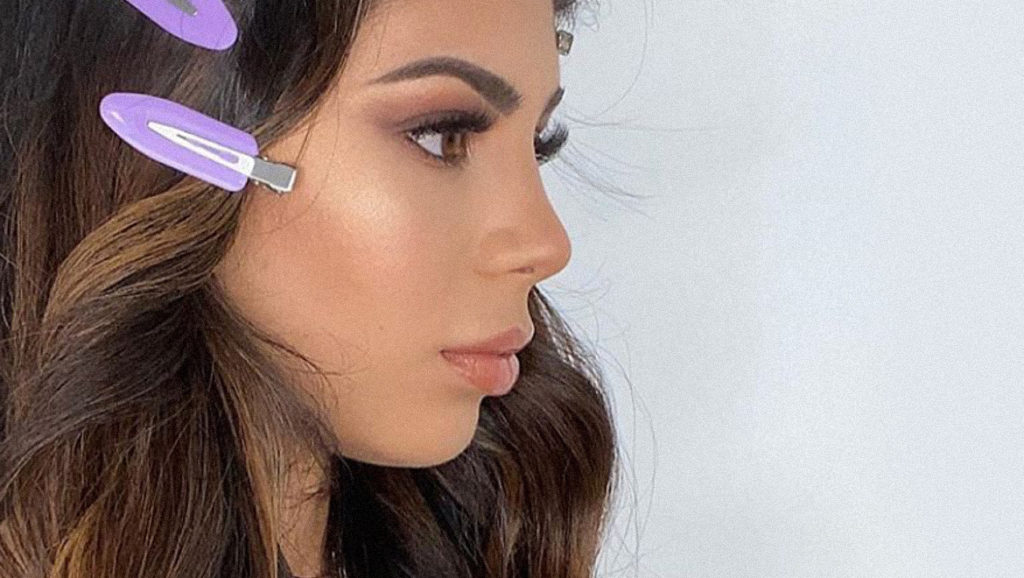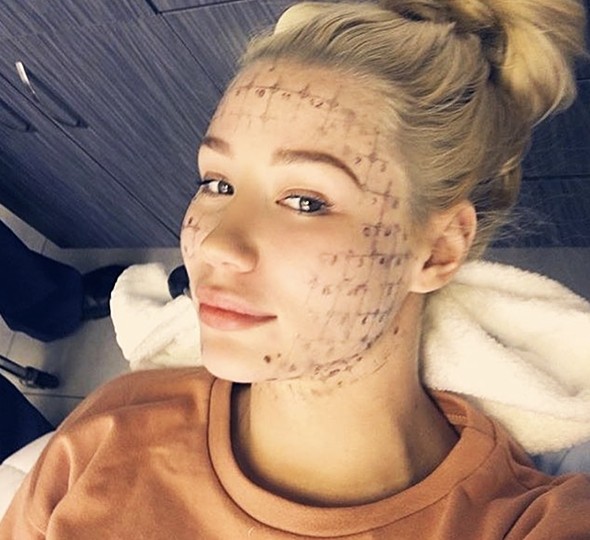Keep Them Guessing®
EARLOBE REJUVENATION BEVERLY HILLS
The Aesthetic Earlobe Shape: Ptosis and Pseudoptosis Classification, Age Related Changes and Effects of Rhytidectomy
Arian Mowlavi M.D., Garth D. Meldrum M.D., Ashkan Ghavami M.D., James Kalkanis M.D., Bradon J. Wilhelmi M.D., Robert C. Russell M.D. and Elvin G. Zook, M.D.
Goals: To define the aesthetic earlobe shape, to assess age related changes as well as changes intrinsic to rhytidectomy, in order to determine surgical indications for earlobe rejuvenation surgery.
Methods: Earlobe heights were characterized based on anatomic landmarks including the inter-tragal notch (I), the otobasion inferius (O) (the most caudal anterior attachment of the earlobe to the cheek skin), and the subaurale (S) (the most caudal extension of the earlobe free margin). Using these anatomic landmarks, the earlobe was delineated into two components: an attached cephalic segment (I to O distance) and a free caudal segment (O to S distance).Earlobe heights were varied by altering the attached cephalic segment height (I to O distance) between 5 to 20 mm and the free caudal segment height (O to S distance) between 0 to 20 mm. A classification system for earlobe ptosis and criterion for earlobe pseudoptosis were established based on a survey of North American Caucasian earlobe preferences (72 females and 52 males) . To correlate these parameters clinically, we evaluated 44 patient profile photographs seeking facial rejuvenation surgery in order to determine the incidence of earlobe ptosis and pseudoptosis preoperatively as well as to determine the effects of aging on earlobe height when patients were divided into single decade age group. These photographs were compared to those taken following rhytidectomy in order to determine the effects of rhytidectomy on earlobe height.
Results: Ideal earlobe shape was defined by a free caudal segment (O to S distance) of 1 to 5 mm (grade I ptosis) and an attached cephalic segment (I to O distance) less than or equal to 15 mm (Table 1). When evaluating for the ideal free caudal segment (O to S distance), only 22.2 % of preoperative earlobes demonstrated an ideal earlobe height (grade I ptosis), and 12.3% satisfied criterion for pseudoptosis (I to O > 15 mm) (Table 2). Age related changes demonstrated an increase in the free caudal segment (O to S distance) (P=0.003) but no effect on the cephalic I to O (P=0.281). In contrast, changes intrinsic to rhytidectomy demonstrated increased postoperative I to O distance (P=0.041) but no change in O to S distance (P=0.210). The increased incidence of postoperative pseudoptosis at 17.3 % correlated with the lengthened postoperative I to O distances (Table 2). An ideal O to S height (grade I ptosis) was observed in only 37.0 % of postoperative earlobes.
Conclusion: Lobule shape is affected by age related changes (increasing O to S) as well as changes intrinsic to rhytidectomy procedures (increasing I to O). Ideal aesthetic earlobe parameters using classification for earlobe ptosis and pseudoptosis as well as changes related to aging and rhytidectomy procedures has yielded indications for earlobe rejuvenation that should be discussed with patients seeking rhytidectomy.
Figure 1. Three anatomic landmarks used to define earlobe include: the inter-tragal notch (I), the otobasion inferius (O) (the most caudal anterior attachment earlobe to the cheek skin), and the subaurale (S) most caudal extension of the earlobe free margin). These landmarks allow for differentiation of two earlobe components, the attached cephalic segment O distance) and the free caudal segment (O to S distance).
Figure 2. This figure demonstrates the range of the attached cephalic segment (I to O distance) measuring 5 to 20 mm.
Figure 3. This figure demonstrates the range of varied free caudal segment (O to S distance) measuring from 0 to 20 mm.
Table 1. Classification of earlobe ptosis and pseudoptosis based on analysis of preferred otobasion inferius (O) to subaurale(S) distances in both the male and female face.
| Ptosis Grade | O to S distance |
|---|---|
| O | 0 mm |
| I | 1 to 5 mm |
| II | 6 to 10 mm |
| III | 11 to 15 mm |
| IV | 16 to 20 mm |
| V | 20 mm |
| I to O distance | |
| Normal | <= 15 mm |
| Pseudoptosis | > 15 mm |
Table 2. This table demonstrates the incidence of ptosis and pseudoptosis in 44 patients seeking consultation for facial rejuvenation surgery.
| Ptosis Grade | O to S distance | Preoperative incidence of O to S distances | Postoperative incidence of O to S distances |
|---|---|---|---|
| O | 0 mm | 12.3% | 7.5% |
| I | 1 to 5 mm | 22.2% | 37.0% |
| II | 6 to 10 mm | 38.3% | 37.0% |
| III | 11 to 15 mm | 27.2% | 18.5% |
| IV | 16 to 20 mm | 0% | 0% |
| Pseudoptosis | Preoperative incidence | Postoperative incidence | |
| > 1.5 cm | 12.3% | 17.3% | |
| <= 15 mm | 87.7% | 82.7% |
REFERENCES
1. Farkas LG. Appendix A-1.Anthropometry of the Head and Face. New York, New
York, 1994. Raven, Pp. 374.
2. Farkas LG. Anthropometry of the normal and defective ear. Clin Plast Surg 17:
213, 1990.
3. Loeb R. Earlobe tailoring during facial rhytidoplasties. Plast and Reconstr Surg., 49(5): 485, 1972.
4. McKinney P, Giese S, Placik O. Management of the ear in rhytidectomy. Plast
and Reconstr Surg., 92(5): 858, 1993.





















